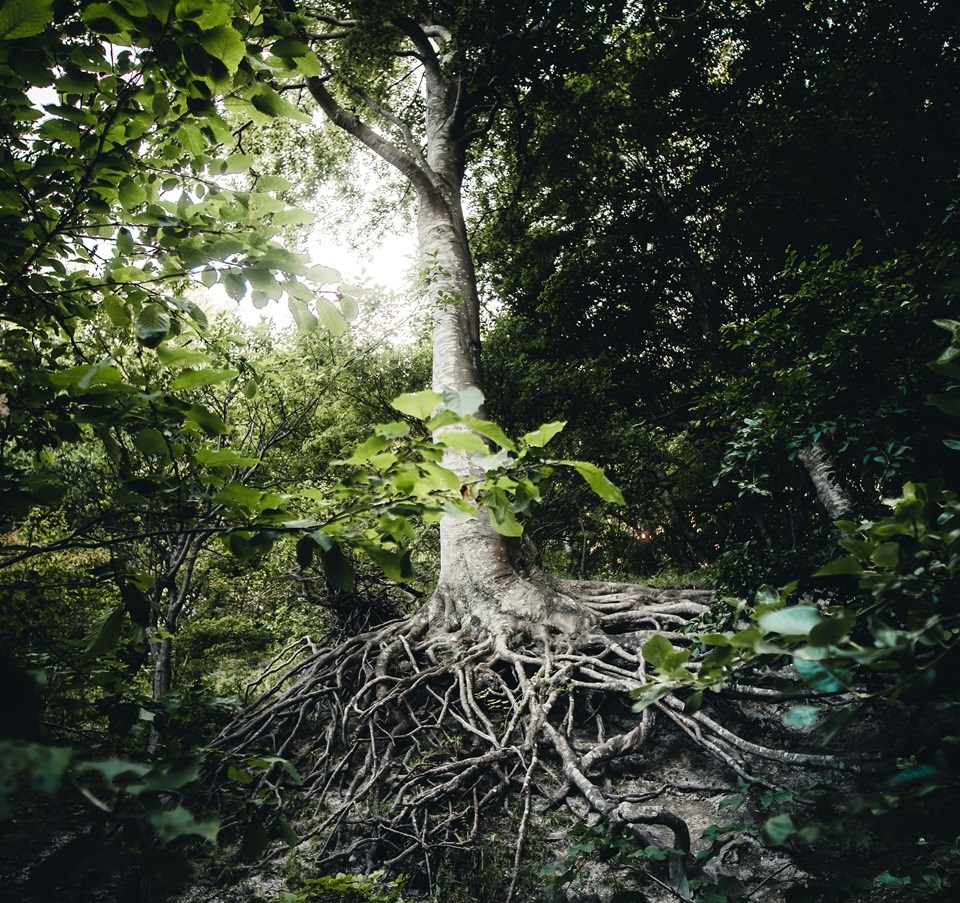You’ve probably heard the claim, as I have, that Christmas trees began as a pagan custom. Then, at some point in history, Christians co-opted them for Christmas decorations. But repeating a wrong claim often enough does not make it true.
The reality is “the earliest historical reference to Christmas trees as such dates back to 16th century Germany. In 1561, an ordinance posted in Alsace declared that each burgher was allowed only one Christmas tree and that his tree could be no more than ‘eight shoes’ in height.” This first historical mention is many centuries after paganism died out in Europe.
So where did those Alsace Christmas trees come from? The most likely explanation is from the Adam & Eve plays which were performed on Dec. 24. Those plays served as a form of entertainment as well as way for the medieval church to teach people Bible stories.
Now any play about Adam and Eve in the garden of Eden, as told in Genesis 2, will need two trees: a “tree of the knowledge of good and evil” and a “tree of life”. In those plays, the “tree of life” was always some sort of evergreen with apples tied to its branches.
It seems, rather than dismantle the “tree of life” used in the play, people started to carry this stage prop forward into the Christmas celebrations which began that same evening.
And there is something very fitting to this. Because the “tree of life” is a theme found at both the start and the end of the Bible.
After Genesis 2, Satan enters paradise in the form of a serpent. Genesis 3 recounts how he tempted our first parents to eat from the tree of the knowledge of good and evil (the only tree whose fruit God had forbidden them to eat). God then judges the serpent; God promises that one day the offspring of the woman shall crush the serpent’s head. Although God reconciles Adam and Eve to himself, Genesis 3 still ends with Adam and Eve exiled from Eden to prevent them from eating of the tree of life and living forever in their sinful state.
The tree of life shows up again in the last book of the Bible. In Revelation 2:7, the glorious risen and ascended Jesus gives this promise: “To the one who conquers I will grant to eat of the tree of life, which is in the paradise of God.”
Then Revelation Chapter 22 pictures for us a beautiful city where God’s people are to live in creation renewed and restored. Within this city is the tree of life, which bears a crop of fruit each and every month of the year and whose leaves bring healing. Revelation 22:14 reads: “Blessed are those who wash their robes, so that they may have the right to the tree of life and that they may enter the city by the gates.”
So, when you look at a Christmas tree – this evergreen tree with “fruit” decorating its boughs - let it point you to the salvation Jesus Christ brings. As both Son of God and Son of Man, Jesus came into the world to end the separation between God and human beings. In Jesus, forgiveness of sins is proclaimed. In him, our exile from Eden is over. By faith in Jesus, we are made citizens of the heavenly Jerusalem and look forward to an eternal dwelling place. Through him God has made a way for us to return to paradise; through him we are, once again, given access to the tree of life!
And so, as citizens of God’s kingdom, Christians developed the custom of the Christmas tree. To celebrate our Saviour’s birth, we decorate our homes with an evergreen tree with boughs filled with “fruit” – bringing, in some small way, a picture of the new heavens and new earth into our here and now. So merry Christmas! All glory be to Christ.
For more information about the history of Christmas traditions and the source of the Alsace ordinance quote see InspiringPhilosophy. “The Shocking Truth about Christmas!” YouTube, 6 Dec. 2022, .


